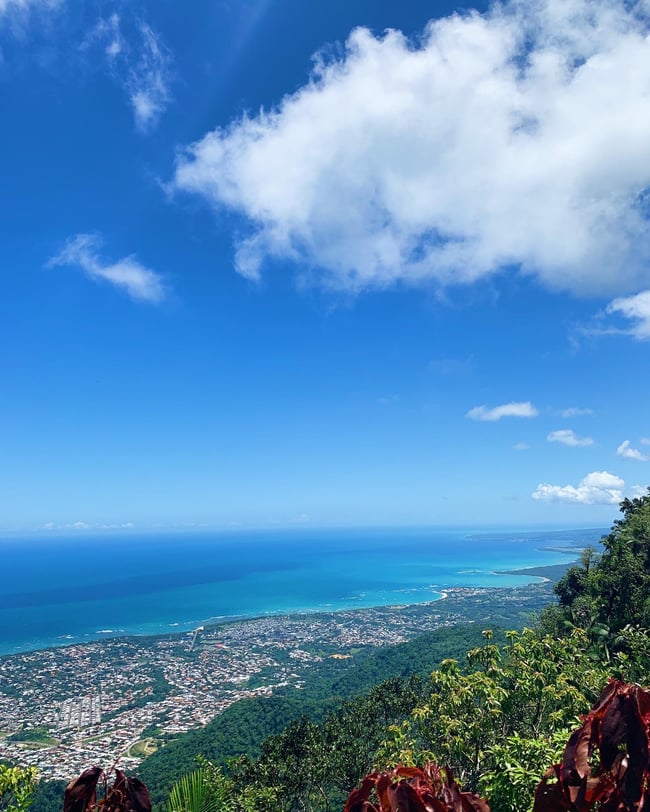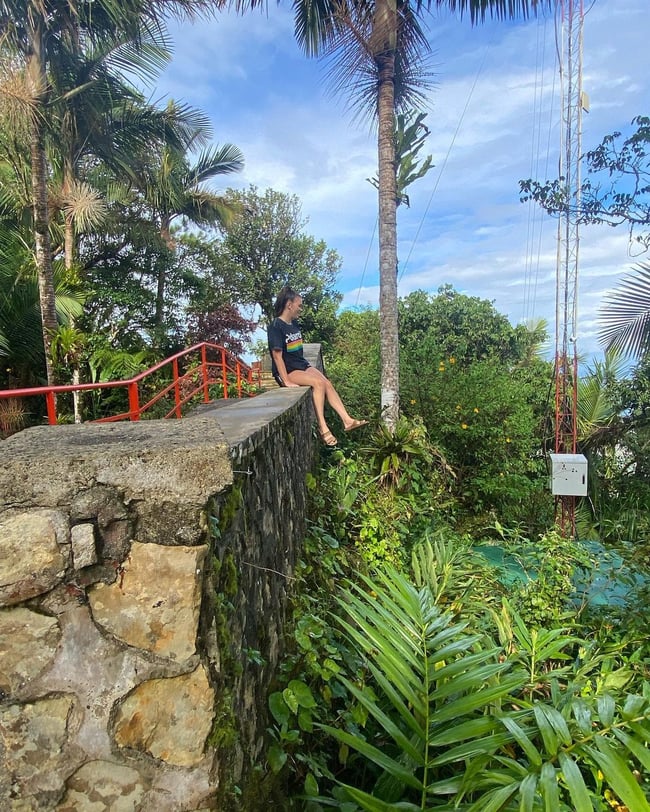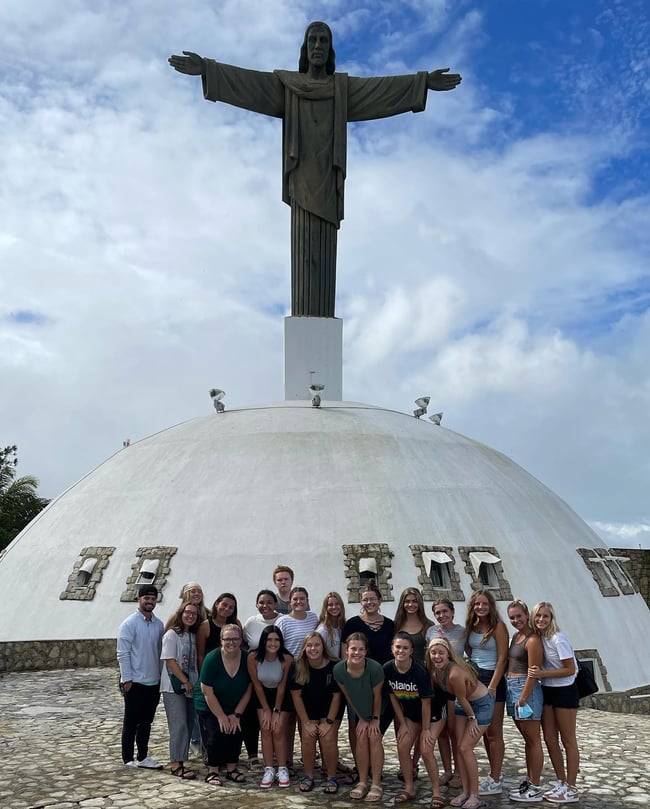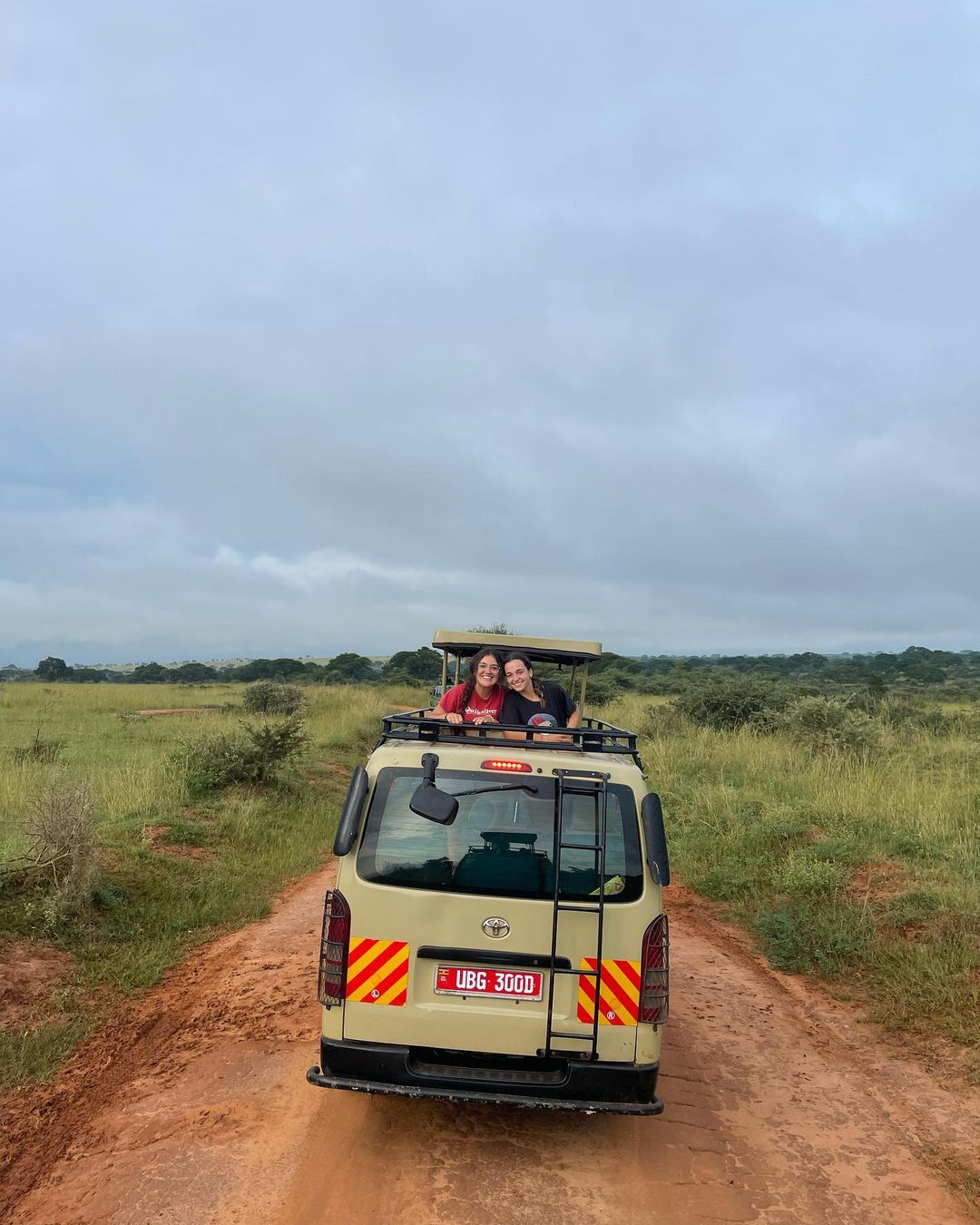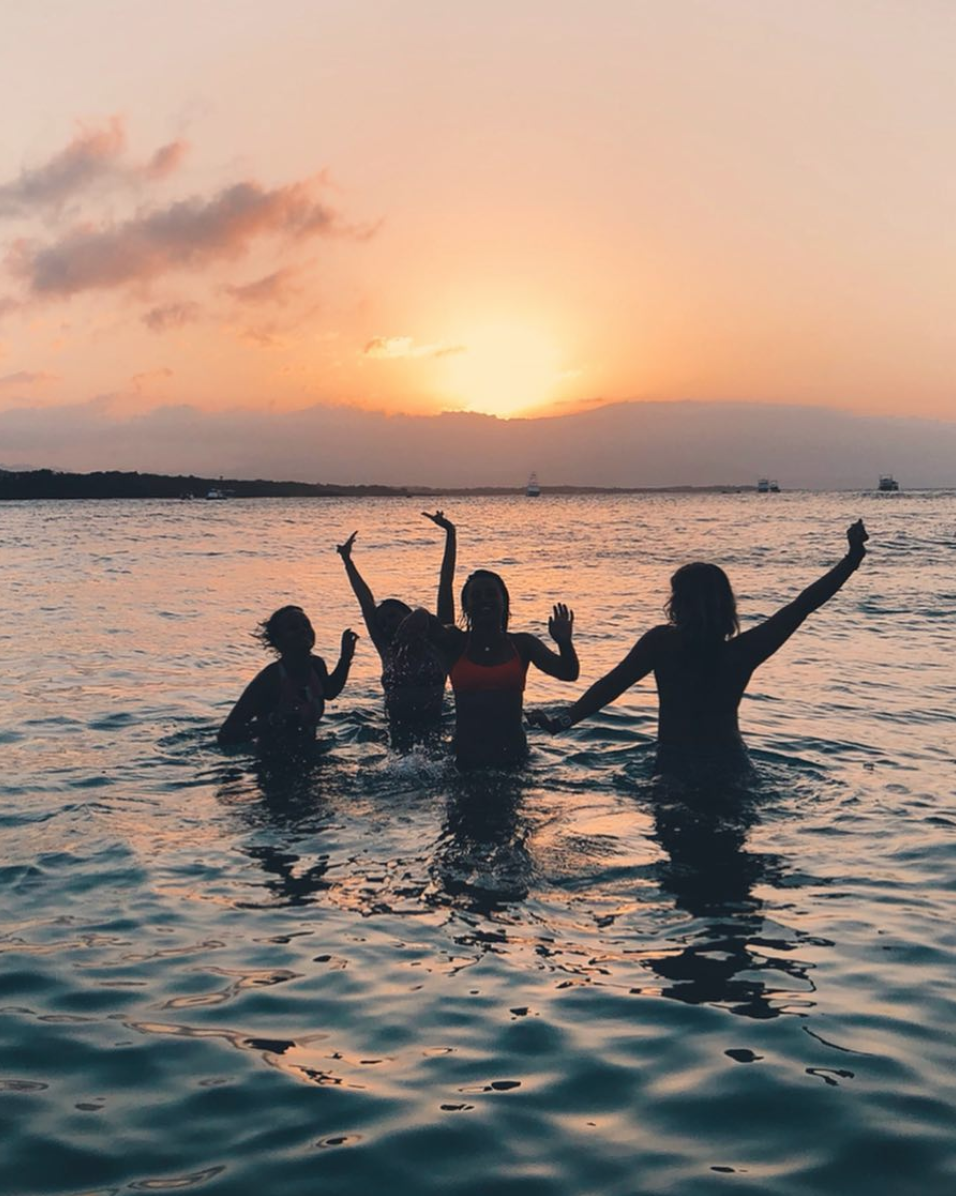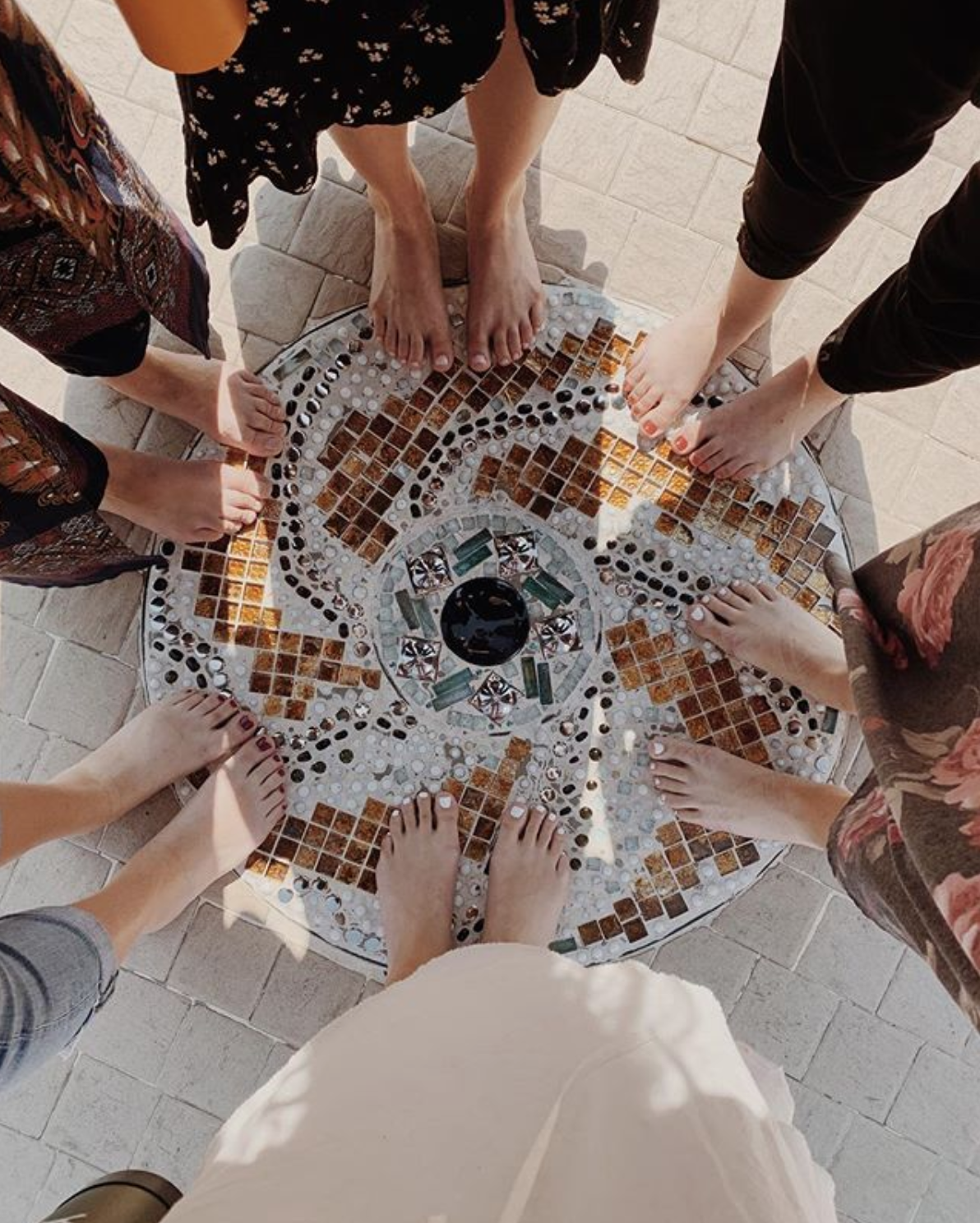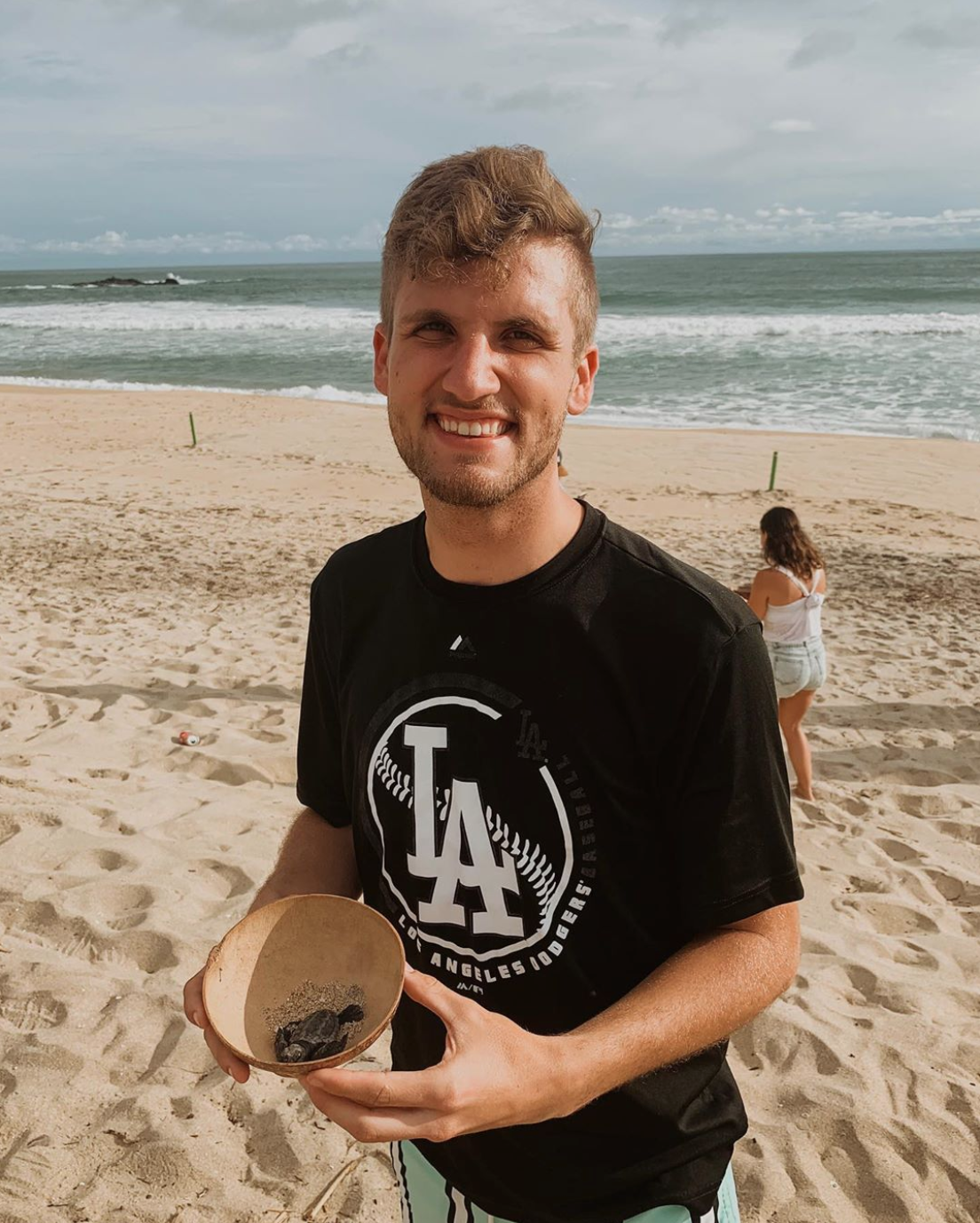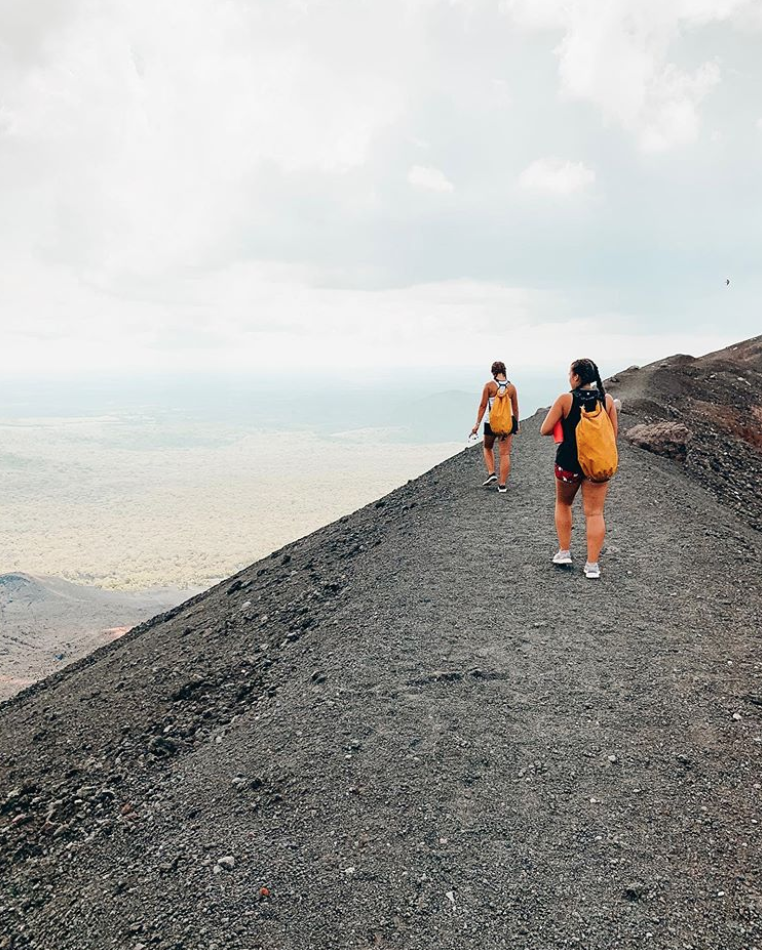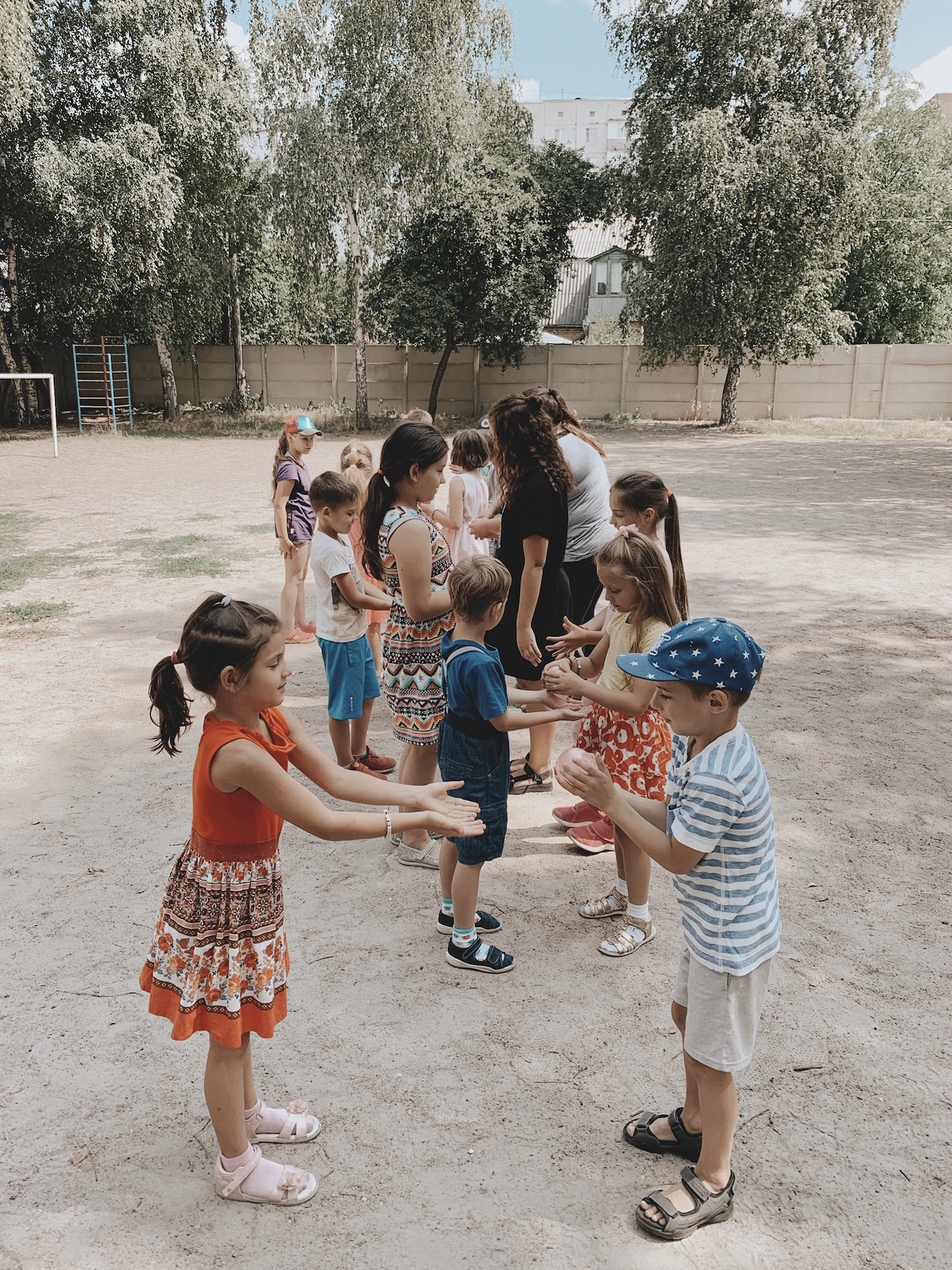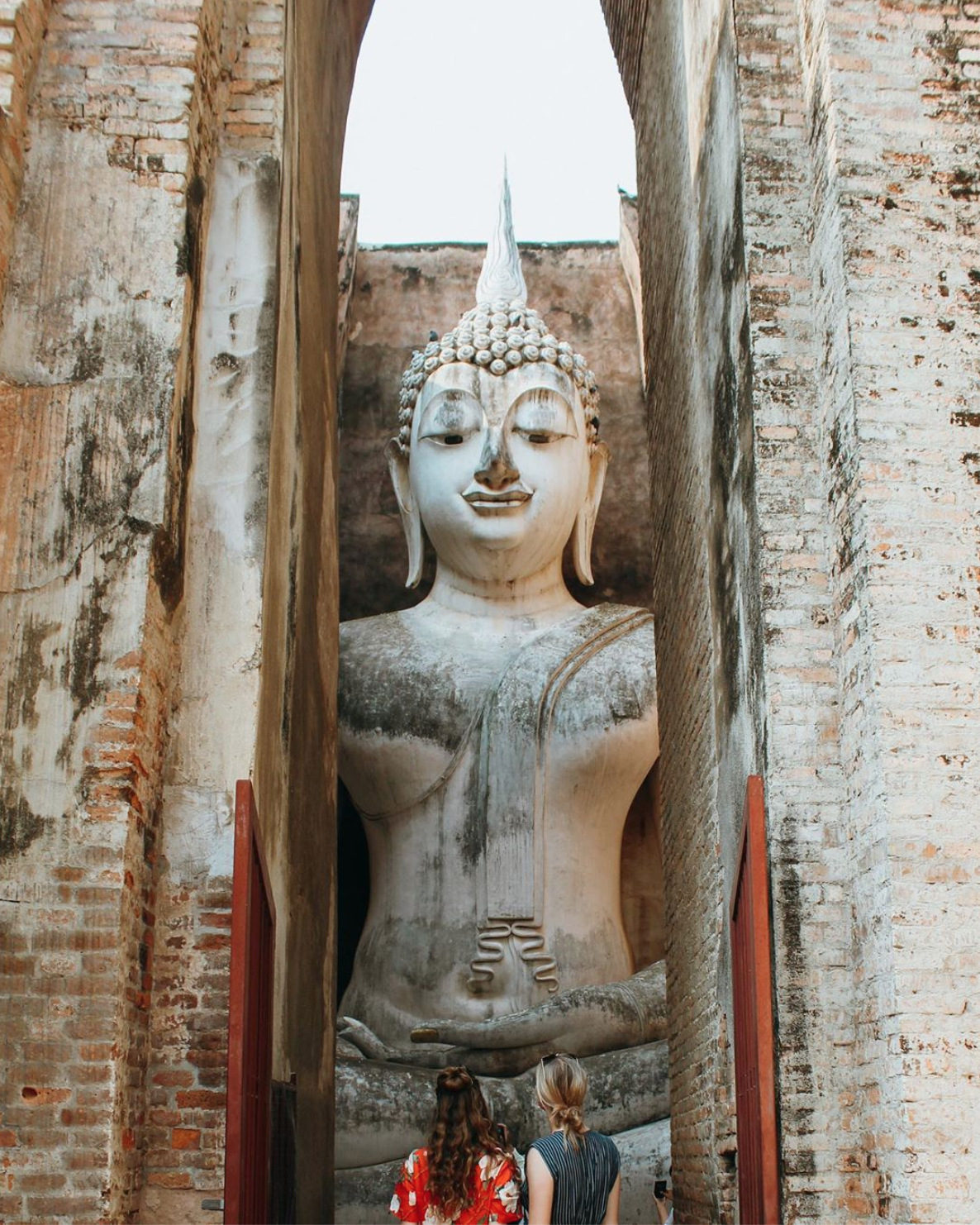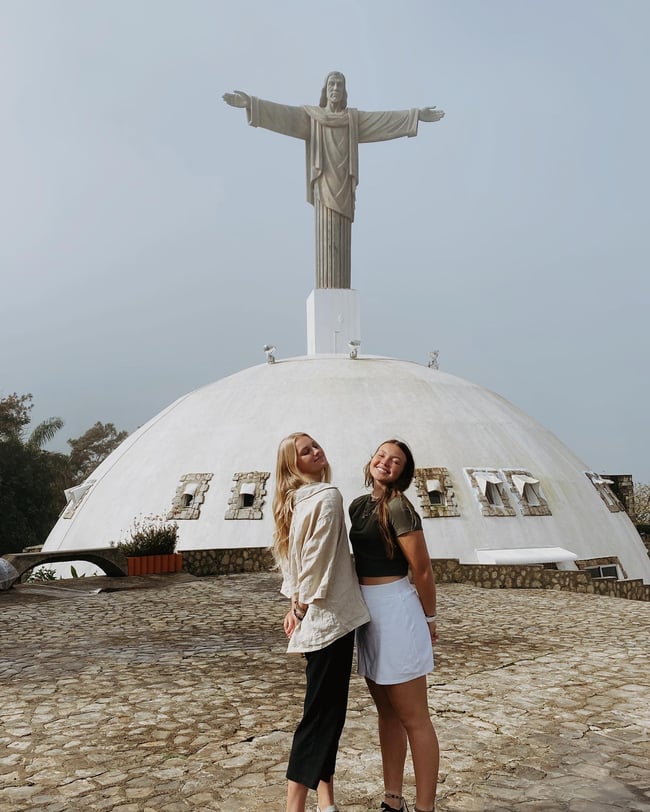
Whether you take the tropical hike up or admire the views below via cable car, you won't want to miss this viewpoint!
Spending a semester on an island will mean lots of days at the beach but there's plenty to do in the cities, especially if you'll be hanging around Puerto Plata. It's one of our favorite places to grab a bite to eat, feed the pigeons, do some people watching, and catch a gua-gua to other Dominican adventures ... but before you leave town, make sure to fit in a trip up to the Monte de Isabela de Torres — something you definitely have time for if you're living in the Caribbean for an entire semester!
READ NEXT: See what volunteering in the Dominican Republic is like
In the city of Puerto Plata, you'll find a smattering of cool cafes and this lush hill adorned with a huge statue of Christ. You're more than welcome to hike all the way up there, but taking the red-and-yellow cable cars up is another very tempting option. Once you get to the top, you can see the city spilling out below you, tucked behind palm fronds. It's a must-do especially since we have all the details you need, right here:
About Monte de Isabela de Torres
The Isabel de Torres Mountain is a beautiful natural reserve that's home to lush plants, flowers, and a few favorite animals like chattering parakeets — the 15-kilometer space also boasts a network of streams and caves, but the main attraction is the hill, that's some to the towering "Christ the Redeemer' statue — a smaller (but still impressive) replica of the Christus statue found in Rio De Janeiro, Brazil. The statue (and attractions up top) are so popular, it's turned this to be the most visited national park in the Dominican Republic.
The reserve itself has been around for hundreds of years, first named "Monte de Plata” by Christopher Columbus himself in 1503, then was later renamed Isabel de Torres in honor of Queen Isabel of Spain. The area became a focus of tourism in the 1970s, with an Italian contractor providing the cable car equipment, the botanical gardens and fountains were cultivated, and the Christ the Redeemer statue was placed on the characteristic dome.

What To Expect
You'll want to head to the top to experience the attractions of the mountain and national park — you can choose to hike up yourself or ride the cable car (or ride up and hike down, or vice-versa).
Once you get to the top of the mountain there is a lot to do: walk through the botanical garden, snag dinner at the local restaurant on the top, or peruse through a few souvenir shops.
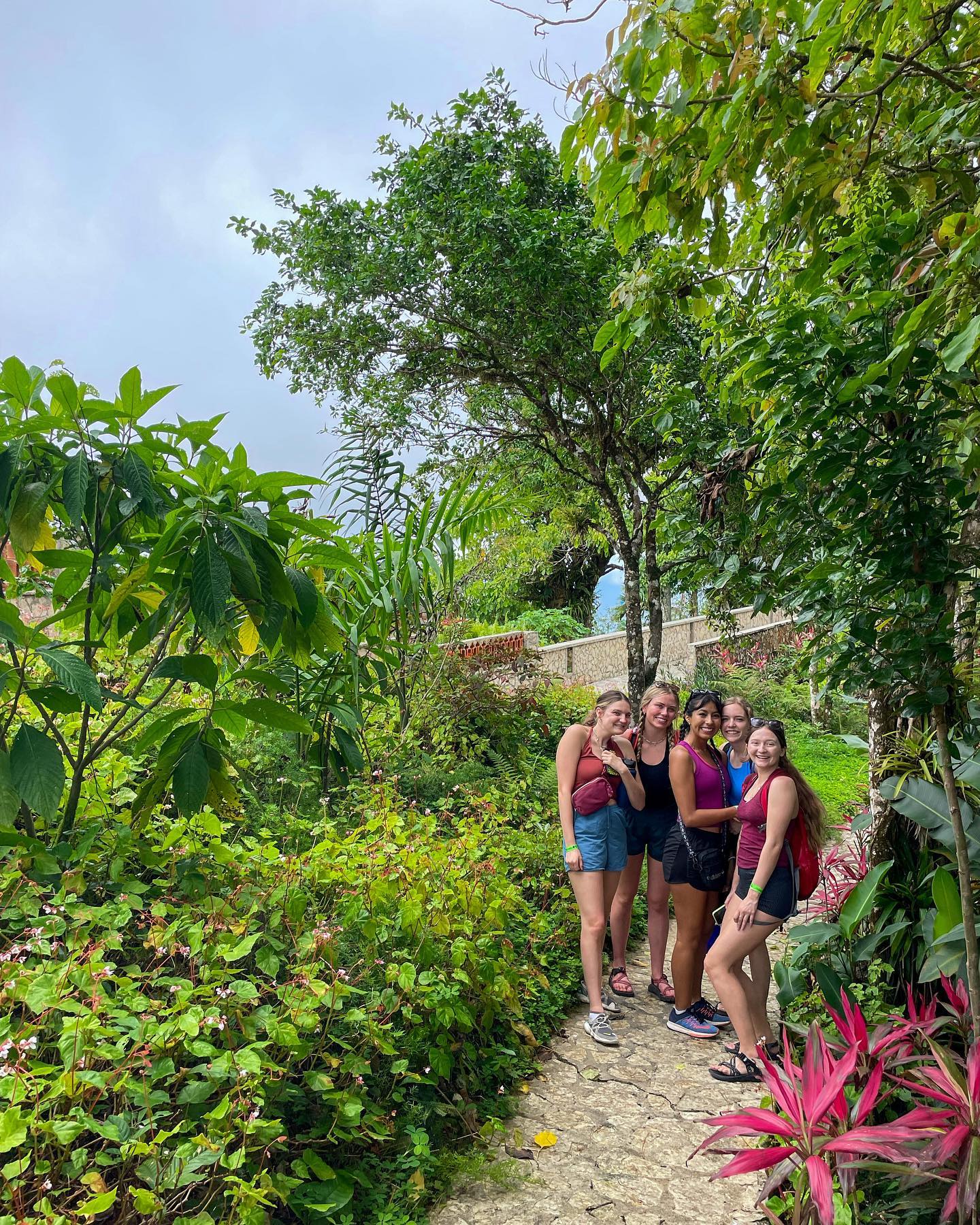
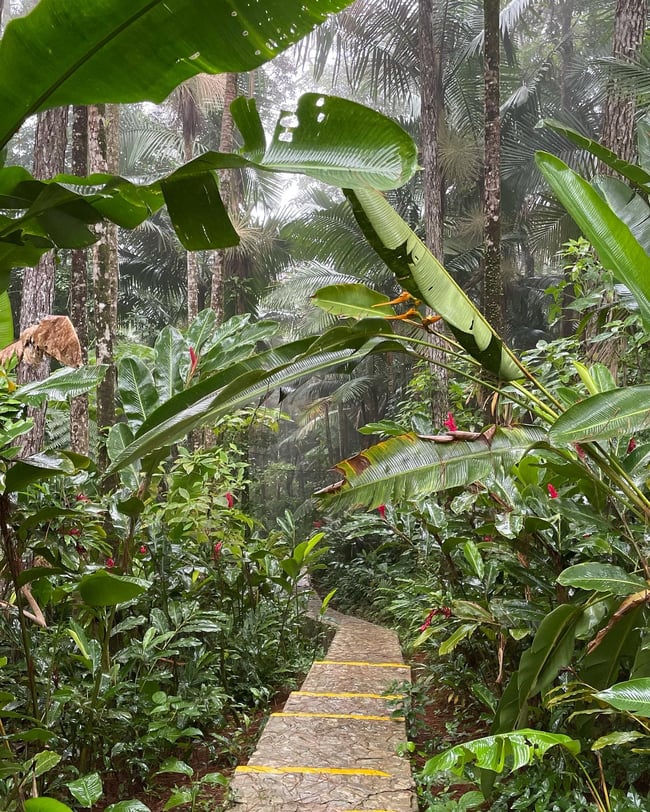
Hiking Up (Or Taking A Taxi)
Our favorite way if you have the time is to hike up. The walk is paved, and the views get prettier and prettier the higher you climb. Plus, the path takes you by a little lagoon with turtles and fish. It's also totally free, which is a big perk in my book.
It can get pretty steep while you're making it to the top and you can be sure to expect that humid and hot Dominican weather. Just make sure to bring water and take your time as needed. Once you make it to the top of the mountain everything levels off though. It takes most people around 2-3 hours to hike up, so another option to break things up is to hike up and ride the cable car back down.
If you'd rather not hike and don't want to take the cable car, you can also hire a taxi for just a few pesos to drive you to the top — volunteers say it's not very expensive and that's a quick way to make the journey if you're short on time.

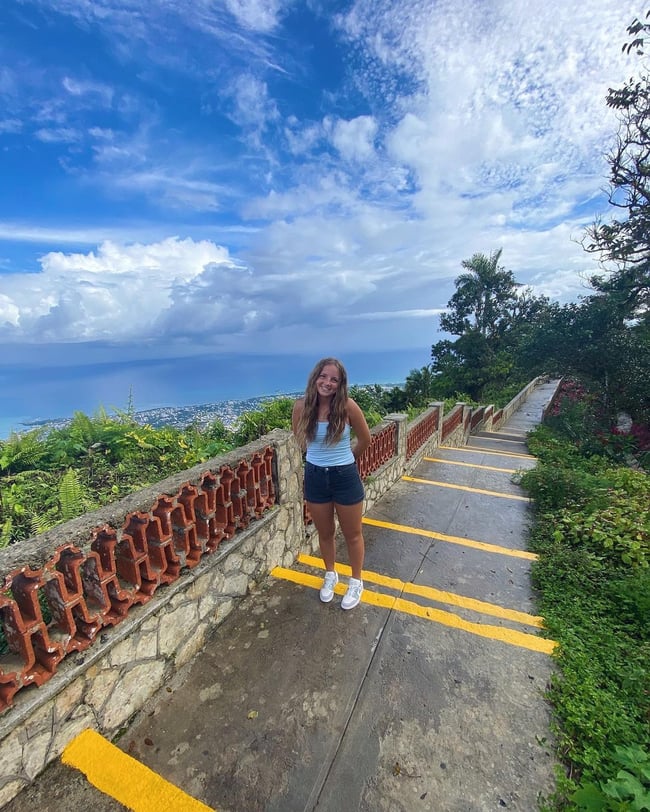
Cable Car
A favorite way to see the sites below as you make your climb to the main attraction — the statue itself! The cable car is supposedly the only cable car in the Caribbean and takes about eight minutes to get you there (meaning you have less than 10-minutes to soak in the panoramic views!)
Cable Car prices are 500 pesos for the trip (though some ILP volunteers have gotten that price slashed in half if they mention they're living in the DR teaching English with ILP).
The last car rides up at about 5:00, so groups recommend you go up early in the day to have a couple of hours to explore and look around.
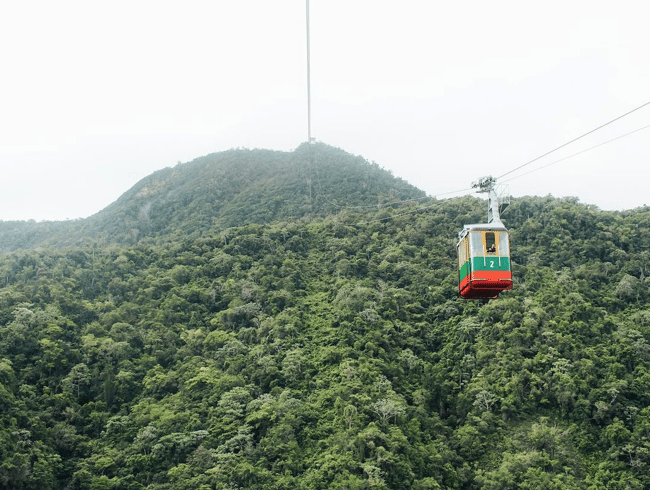
Getting Here + Costs and Hours
Getting Here
You'll need to take a taxi to the base of the mountain, whether you're hiking up or taking the cable car.
If you're looking for directions, there's not a set address, but you can get directions via Google if you search for "El Teleférico de Puerto Plata".
And, if you need to taxi home, the taxi you took here gives you their business card for that ride home, but just after 5:00, there are typically a handful of taxis waiting to take tourists home after the park closes.
Costs and Hours
Like we mentioned the hike is free, but the cable car is 500 pesos (250 if you can snag the local's price). It's cash only and some reports have this closed recently due to Covid-19 — maybe message them on Facebook if you're planning on the cable car ride to check to see if it's open or not.
Some mention an entrance fee of 350 pesos, some mention double that, while others mention they weren't charged — so be prepared with pesos just in case.
Hours are loosely 8:30 AM to 5:00 PM, but have been known to open late and close early, just as a heads up.
A Few Tips
Do I Need A Guide?
It's up to you, but most groups skip out on the guide. You'll most likely see English tour guides offering their services at the start of the hike, offering to take you up and walk you around for about $10. This is one of those spots where it's really easy to explore without a guide, but we also love opportunities to support locals who are guiding as a living.
Should I Hike Or Cable Car?
It's a tough choice, but most volunteers recommend hiking up and taking the cable car down for the views — but we've also had ILP groups hike both ways, and reward themselves with quite a picnic dinner (or eating at the restaurant) before trekking back down.
How Long Should I Stay?
Again, something up to you, but a few volunteers mention being up at the top for 1-2ish hours. It does depend on how long you'd like to wander around the garden and little shops, but that's a good ballpark to aim for if you're trying to fit this into your plans.
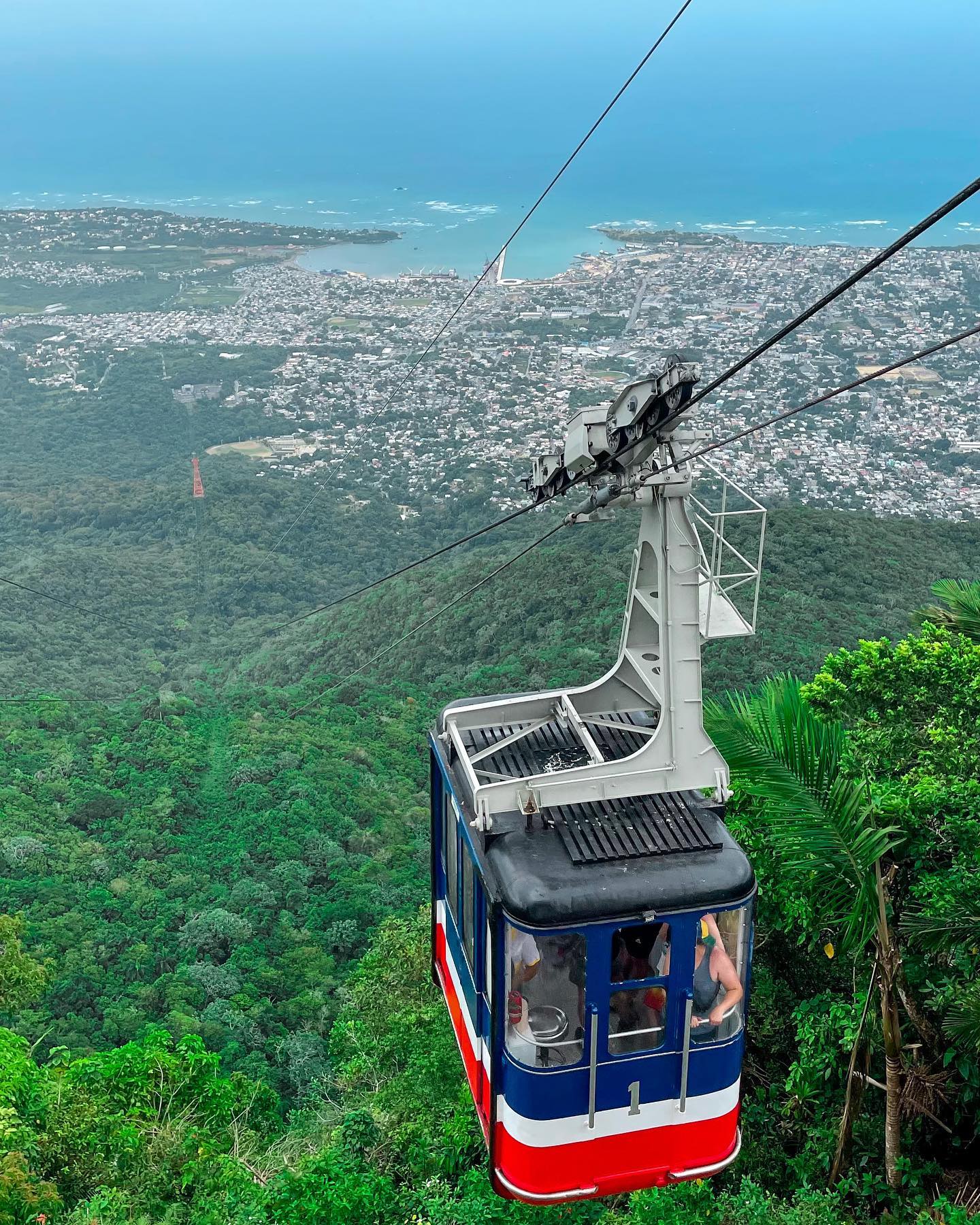
Are you ready to spend a semester abroad volunteering with ILP?
You're only teaching English for a few hours a day then you're free to check out the nearby beach, hang out with your kids, hop over to grab a fresh fruit smoothie or hike in the jungles. You've got every single weekend off, plus vacation days to explore the DR and nearby Caribbean islands
Your program fee includes your flight, meals, housing, and more — plus, we sent you with a group, lots of support.

